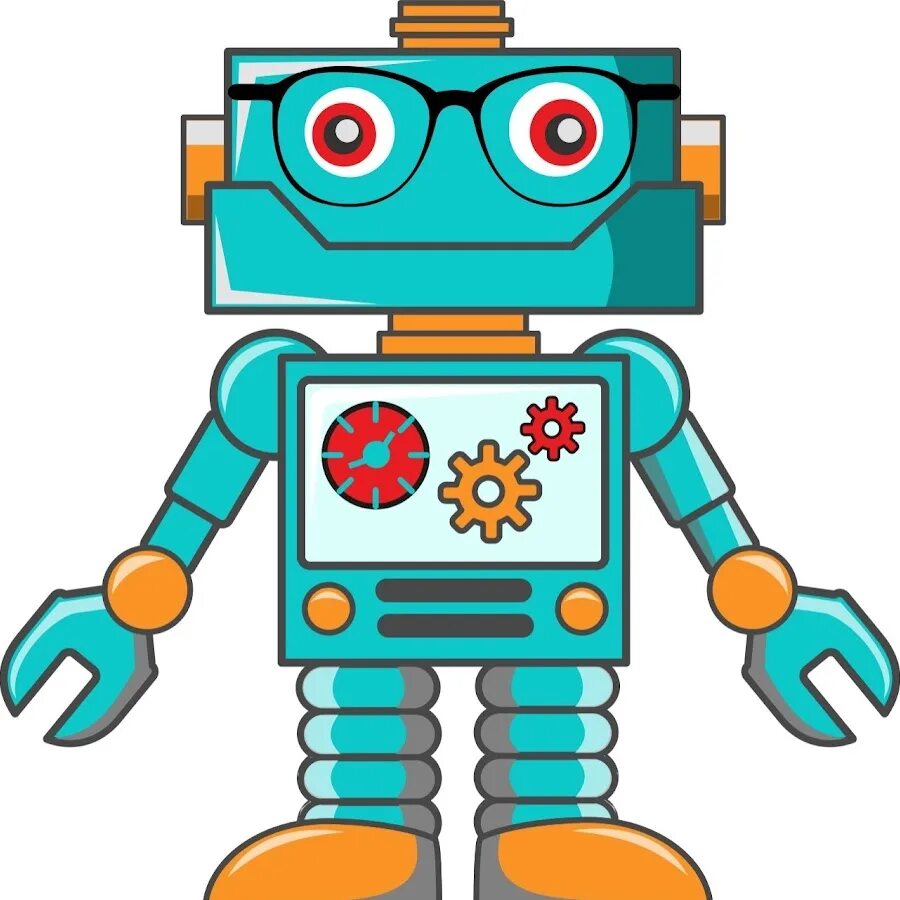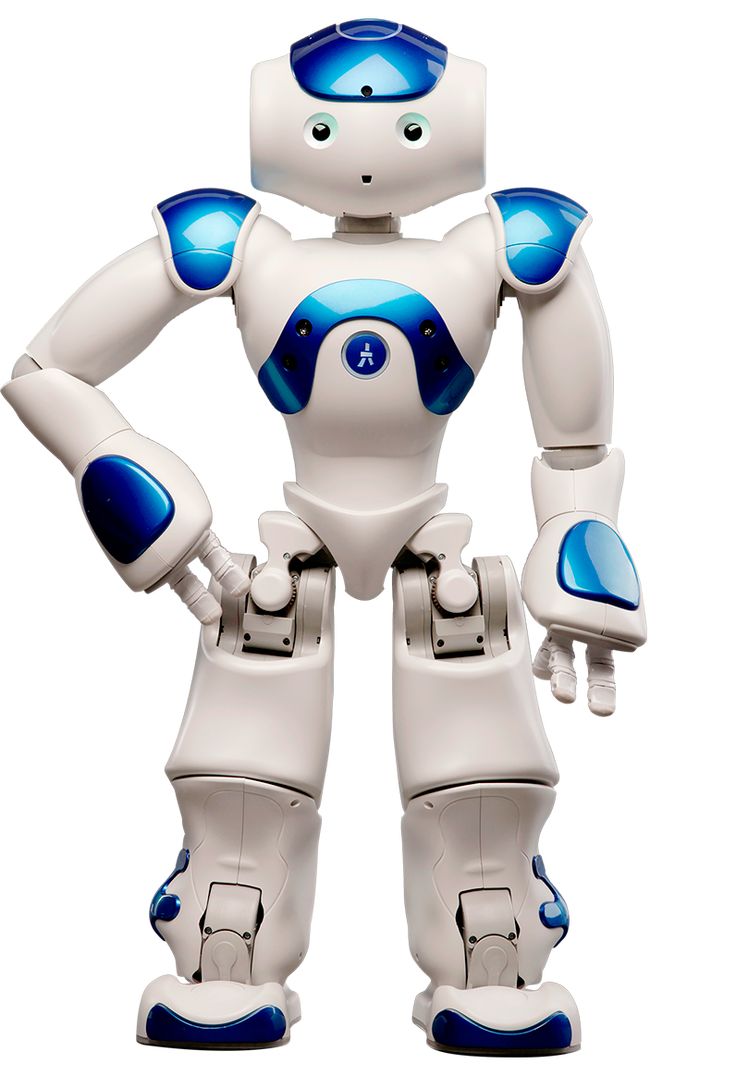In the high-octane world of motorsports, a new breed of competition is rapidly gaining traction. The Indy Autonomous Challenge (IAC) has returned to the iconic Indianapolis Motor Speedway, marking another milestone in the fascinating journey of self-driving car racing. This year's event not only showcases the latest advancements in autonomous vehicle technology but also introduces a groundbreaking format that promises to push the boundaries of what's possible in robotics and artificial intelligence.
From Solo Runs to Head-to-Head Racing
Since its inception in 2021, the IAC has been at the forefront of autonomous racing technology. What began as a demonstration of individual vehicles' capabilities to navigate the track at high speeds has evolved into something far more complex and exciting. The progression has been remarkable:
- 2021: Single cars showcasing high-speed autonomous navigation
- 2022-2023: Head-to-head competitions featuring passing maneuvers
- 2024: Multiple self-driving cars racing simultaneously for the checkered flag
This evolution mirrors the development trajectory of autonomous vehicles for public roads, where the challenges become increasingly complex as more variables are introduced.
The Technology Behind the Speed
The IAC isn't just about the thrill of racing; it's a crucible for developing cutting-edge autonomous vehicle technology. University teams from around the globe pour thousands of hours into their racecars, pushing the limits of perception, decision-making, and control systems.
Dr. Robert Platt, a robotics professor at Northeastern University, explains: "On a race track, these vehicles encounter edge cases in every lap that might occur only occasionally on public roads. This concentrated experience accelerates the development of robust algorithms that can handle unexpected situations."
The data gathered from these high-stress scenarios is invaluable for developing safer autonomous systems for consumer vehicles. It's a perfect example of how extreme conditions can drive innovation that benefits everyday applications.
Beyond the Track: AI and Automation Summit
Recognizing the broader implications of their work, the IAC has expanded its scope to include an AI and Automation Summit. This year's event features panels on diverse topics such as:
- The Emergence of AI in the Physical World
- The Metaverse Meets Reality
- AI, Automation, & The Race for Human Talent
These discussions bring together experts from various fields, fostering cross-pollination of ideas between the racing world and other sectors grappling with the challenges and opportunities of AI and automation.
Breaking Records and Pushing Boundaries
The IAC's impact extends far beyond the Indianapolis Motor Speedway. Teams have set and broken land-speed records for autonomous vehicles multiple times since the inaugural race in 2021. The competition has become a regular feature at the International Consumer Electronics Show (CES) in Las Vegas and has even made its international debut at prestigious venues like Monza in Milan, Italy, and the Goodwood Hill Climb in the UK.
At Goodwood, the AV-24 base-model vehicles showcased their capabilities with a series of runs, setting a new record during their final attempt. The autonomous racecars reached a staggering top speed of 111.2 mph (179 kph) and completed the hill climb in just 66.37 seconds.
A Global Phenomenon
The success of the IAC has inspired similar events around the world. The Abu Dhabi Autonomous Racing League (A2RL) aims to create an "extreme racing series" that will further push the envelope of autonomous technology. This global expansion of autonomous racing showcases the universal appeal and potential of the technology.
However, the geopolitical landscape is reflected in the composition of these events. While the IAC hosts teams from North America, Europe, and South Korea, it notably lacks Chinese participation. Conversely, the Dubai autonomous race features teams from both Europe and China but none from the United States.
Challenges and Future Prospects
Despite the excitement and rapid progress, autonomous racing faces significant challenges. The cost of fielding these high-tech vehicles is substantial, and teams rely heavily on industry sponsorships to fund their efforts. This financial barrier could limit participation and innovation if not addressed.
Looking ahead, the future of autonomous racing seems bright. As the technology continues to advance, we can expect to see:
- More complex racing scenarios with larger fields of cars
- Integration of AI for real-time strategy adjustments during races
- Transfer of technologies to consumer vehicles and other industries
- Increased public engagement and understanding of autonomous systems
Inspiring the Next Generation
Perhaps one of the most important aspects of the IAC and similar events is their potential to inspire. By reaching out to local communities and bringing school children to the track, these competitions are promoting STEM education and exciting the next generation of automotive engineers and AI specialists.
As we watch these autonomous vehicles push the limits of speed and control, we're not just witnessing a race; we're seeing a glimpse of the future. The lessons learned on these tracks today could very well shape the cars we drive — or that drive us — tomorrow.
The evolution of autonomous racing from solo demonstrations to multi-vehicle competitions is more than just a technological feat. It's a testament to human ingenuity and a preview of the autonomous future that awaits us all. As these silicon drivers continue to push the boundaries of what's possible, they're not just racing for a checkered flag — they're racing towards a future where autonomous systems can handle even the most extreme challenges with precision and safety.














